Not sure how to manage childcare, chores, and a busy schedule at work? You’re not alone—many families struggle until they learn how do au pairs work. This guide shows you exactly what an au pair does and shares surprise bonus perks beyond basic childcare help.
Read on for some unexpected wins!
Key Takeaways
Au pairs are young adults aged 18 to 30 who live with host families, provide childcare for around 25 to 30 hours per week, and earn roughly $200 weekly—plus free housing and meals.
Families hosting au pairs must offer a private bedroom of at least 9 square meters that locks securely, provide all meals, and give clear working hours with at least one full day off per week.
Au pairs typically care for children and handle small household tasks—but they can’t supervise infants under three or perform heavy chores like yard maintenance or washing windows.
Host families often sweeten the deal by providing extras like language classes, prepaid public transit cards, or two to four weeks of paid vacation each year.
By 2025, au pair programs will probably see upgrades like smart-home child monitors, digital tools for tracking work hours, and options for au pairs to earn college credits online.
Table of Contents
What is an Au Pair?

Now you have the basics down—so let’s talk about what an au pair actually does, and why many families prefer this childcare option.
An au pair combines the roles of caregiver and cultural guide. Young adults between 18 to 30 years old travel overseas, staying with host families as part of an exchange experience.
They typically provide childcare and perform light household chores for around 25 to 30 hours every week. In return, host families offer the au pair room, meals, and some spending money.
Weekly pocket money usually averages around $200, depending on location. You can use a Cultural Care au pair matching specialist to easily locate someone who suits your family’s specific needs.
My au pair from Denmark taught my kids a new language while I got back precious hours in my day. It’s the perfect blend of childcare and cultural learning. – Sarah, host mom from Boston
To qualify as an au pair, candidates need to be single and without children of their own.
Who is a Host Family?
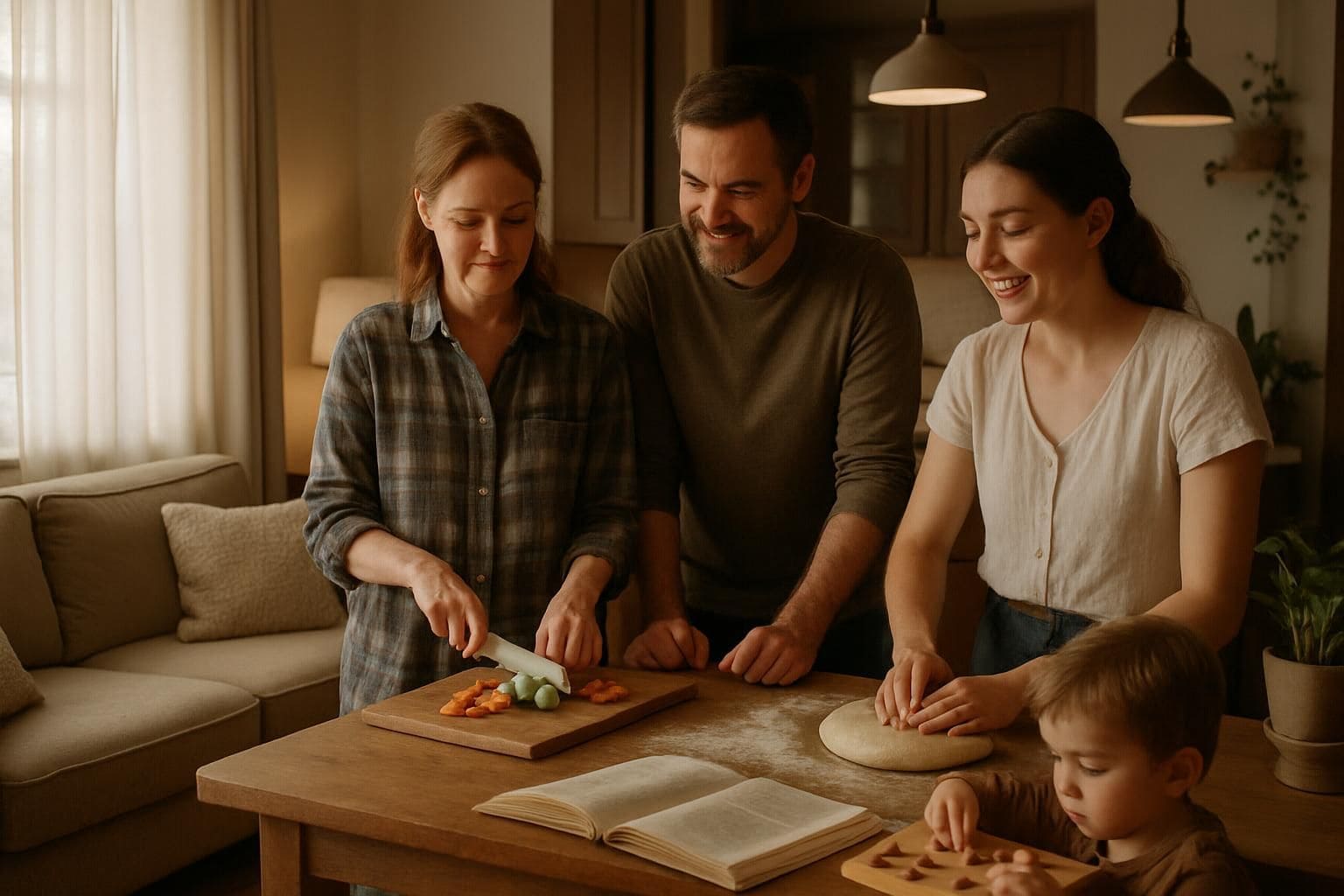
Host families welcome au pairs into their homes, creating opportunities to share culture and traditions. Usually, these families need childcare help, but they also hope their children learn about new cultures.
A thoughtful host family provides more than the essentials. They offer a private, lockable bedroom—at least 9 square meters—with furniture included. Many hosts add extra perks, like gym memberships, public transportation passes, or phone SIM cards, to make their au pairs comfortable.
Smart host families organize family trips and holidays early, ensuring their au pairs are included in travel plans. Staying on top of visa and work permit rules is crucial, particularly with recent Brexit updates.
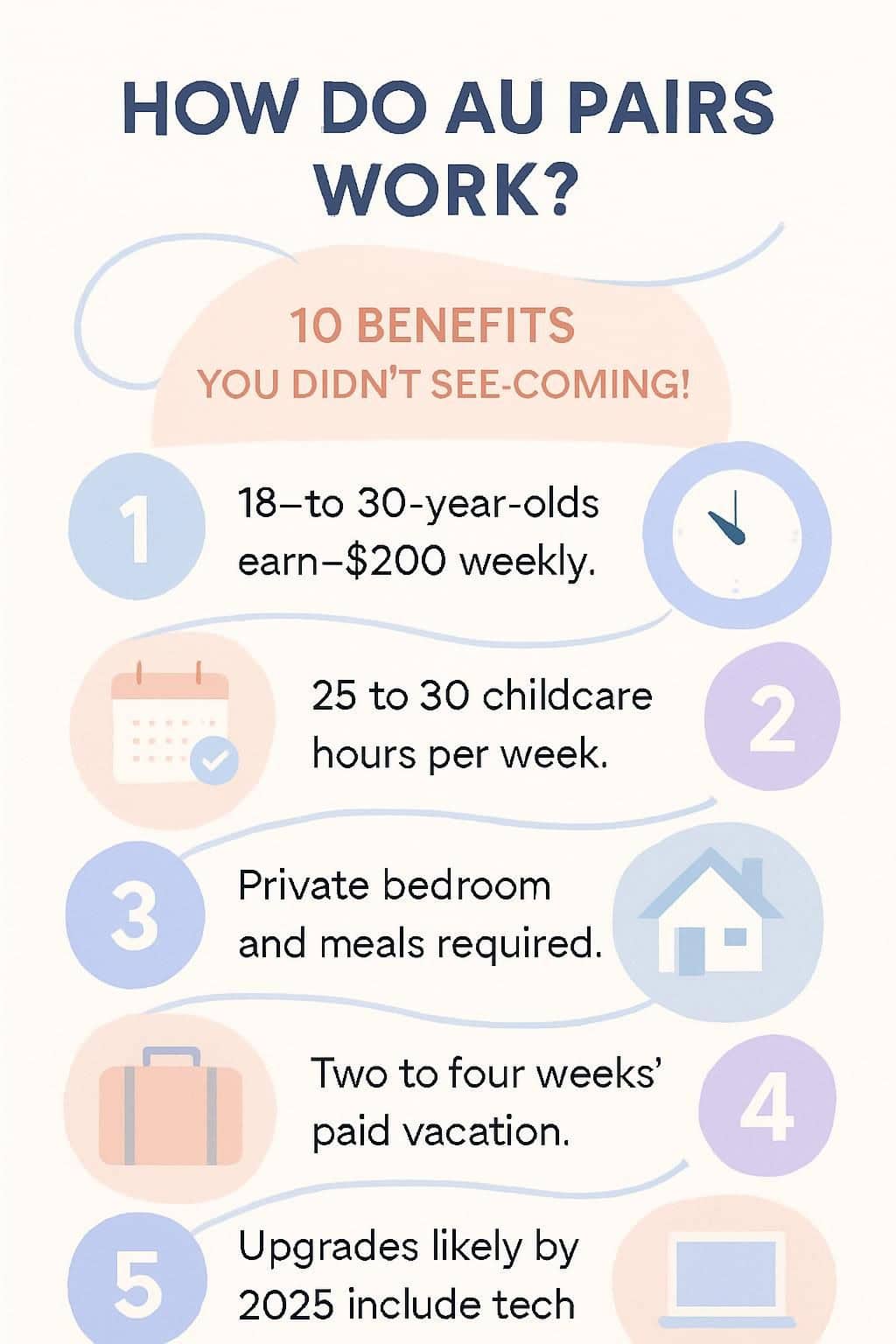
Host families must carefully manage paperwork—contracts, background checks, and tax documents—to avoid any confusion later. Experienced hosts agree that a satisfied au pair means happier kids.
The arrangement works well if both families and au pairs respect each other’s space, clearly communicate their needs, and enjoy everyday life together.
Responsibilities of an Au Pair

Au pairs handle a mix of childcare tasks and light housework while living with their host family, creating a unique blend of cultural exchange and practical help – read on to learn what specific duties they perform and how this arrangement benefits both parties!
Childcare Duties

Childcare sits at the center of what au pairs do every day. These cultural exchange visitors make daily routines easier—taking kids to school, picking them up, and more. They don’t simply babysit your kids; au pairs help with homework, plan activities, and encourage learning through play.
Many families appreciate how au pairs happily watch over children playing with family pets, creating natural, relaxed moments for connecting. Unlike trained household workers, though, au pairs can’t have full caregiving responsibility for babies younger than three or handle extensive household chores.
The best au pairs don’t just care for children; they become trusted family members who bring their culture into your home while helping your children grow.
If your childcare needs are more specific, or your kids are very young, you may prefer to hire a nanny. Au pair tasks and schedules follow clear guidelines, protecting your family and the au pair as well.
With a J-1 visa, these live-in helpers balance childcare responsibilities with their own plans for cultural exchange and education.
Household Assistance
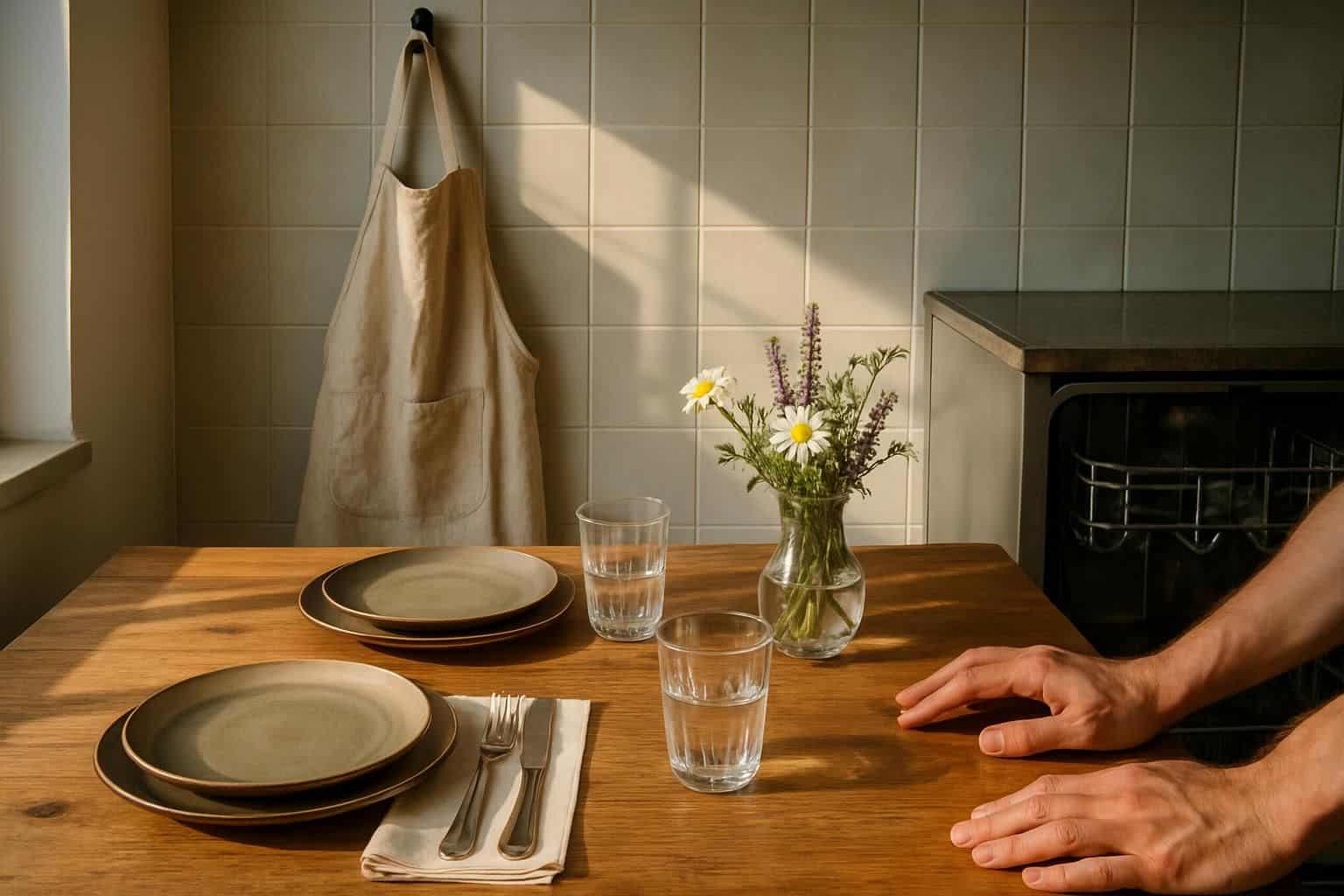
Au pairs offer more than just childcare—they lend a hand with simple home chores too. Tasks might include setting the dinner table, emptying the dishwasher, or doing small household duties.
These extra tasks ease family routines and keep everything running smoothly.
Clear communication makes all the difference here. Savvy host families list each responsibility clearly in the au pair’s contract, leaving no room for confusion. With defined tasks from the start, misunderstandings rarely arise—and everyone stays happy.
But keep in mind, not every chore fits an au pair’s role. Yard work, gardening, or cleaning windows aren’t appropriate tasks. Most host families offer an apron for kitchen chores, but duties stay within reasonable limits.
Open talks about expectations early on will benefit everyone. Honest discussions help your au pair feel welcomed, more like part of your family—not just hired help. This friendly balance promotes comfort, trust, and genuine connection.
Working Hours and Schedule

Au pair schedules follow specific rules to protect both the caregiver and the host family. These guidelines ensure fair working conditions while maintaining work-life balance for everyone involved.
- Most au pairs work between 25-30 hours each week, though U.S. programs allow up to 45 hours weekly.
- Daily work limits cap at 10 hours per day to prevent burnout and ensure quality childcare.
- Every au pair gets at least one full day off each week to rest and explore their new surroundings.
- Host families must give au pairs one Sunday off each month so they can attend social events or religious services.
- Public holidays count as non-working days for au pairs, giving them time to celebrate or relax.
- Night hours spent with sleeping children still count toward the total working hours.
- Families must create clear weekly schedules so au pairs can plan their free time and studies.
- Many host families use shared online calendars to track working hours and schedule changes.
- The working visa status of an au pair affects their allowed working hours in different countries.
- Social security rules may impact how working hours are logged and reported for tax purposes.
- Au pairs should track their hours to ensure they stay within legal limits set by their program.
- Extra hours beyond the agreed schedule often require added payment or time off in exchange.
Compensation for Au Pairs

Au pairs get more than just money for their work. They earn a weekly stipend plus free room and board, making this job a smart choice for budget travelers.
Pocket Money
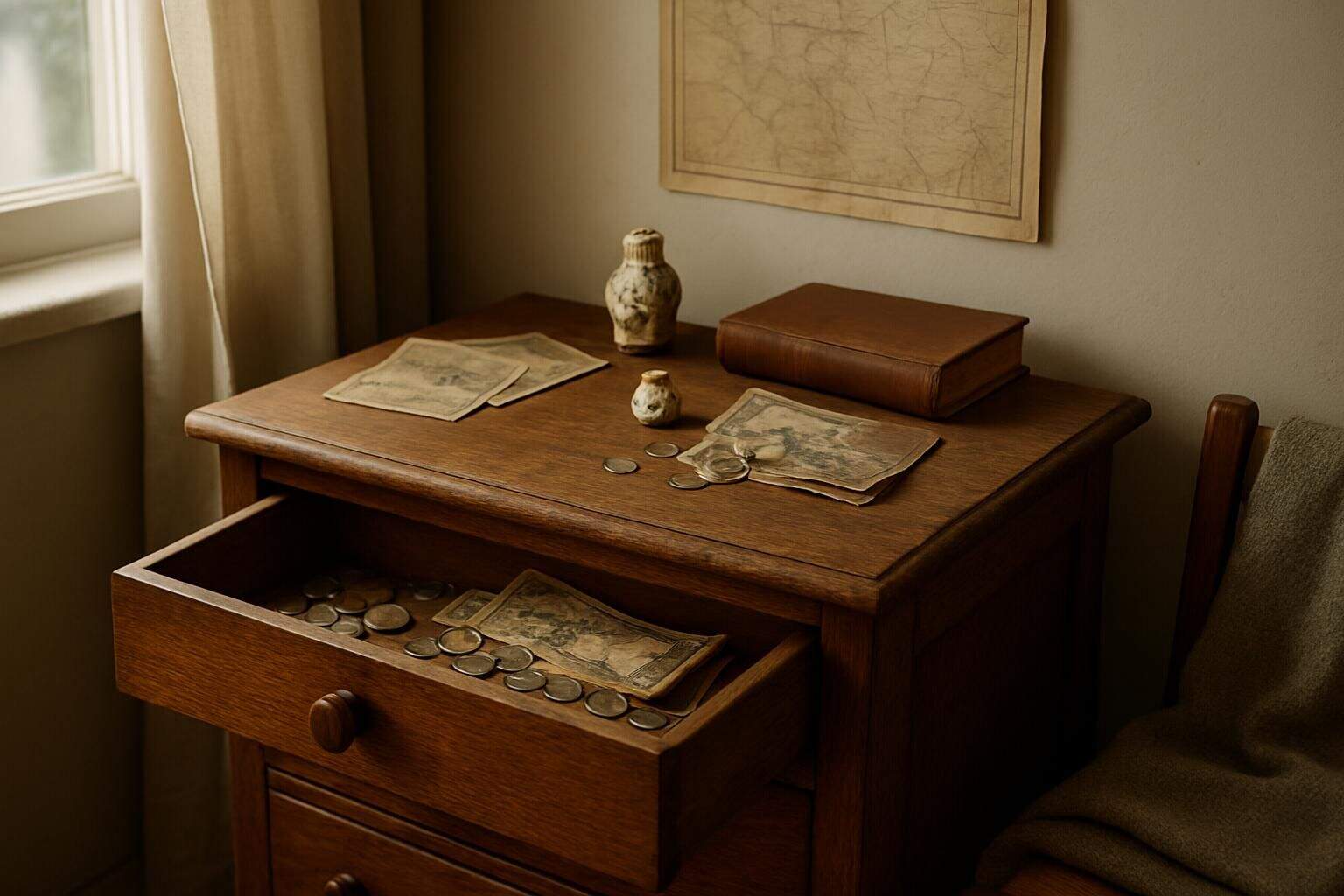
Host families pay au pairs weekly for their childcare services. In the UK, au pairs typically receive about £200 each week—though exact amounts vary by country. Even during illness, they continue to get their full stipend, which provides peace of mind.
The Internal Revenue Service views their earnings differently from standard employee wages. Recent UK regulations now require families to pay au pairs at least the minimum wage, minus housing costs, adding up to roughly £200 for around 25 hours of weekly work.
In Massachusetts, these caregivers usually get $200 per week for childcare and housekeeping chores.
Pocket money isn’t just payment—it’s freedom to explore a new country while building your future.
Your au pair gets more than weekly cash; the program includes several extra perks that attract both caregivers and host families alike.
Board and Lodging
Au pairs get free housing as part of their program perks. Every host family must give you your own furnished room, at least 9 square meters in size, and with a lockable door. It’s your personal space—your comfortable retreat abroad.
After a busy day caring for kids, this room becomes your relaxing home base to rest and recharge.
You won’t need to worry about spending your pocket money on food either, since host families are required by the U.S. Department of State to provide you with all meals. Many au pairs say this saves hundreds of dollars each month compared with having to pay for groceries or eating out.
Another important benefit you’ll want to know about is how your travel expenses fit into the au pair compensation package.
Travel Expenses
Most au pairs usually cover their travel costs when going to stay with host families—but in the United States, the system is a bit different. American host families actually pay for the au pair’s flight to their home.
They even cover the return trip once the au pair completes the whole program period. This perk can save au pairs lots of money—typically hundreds, even thousands of dollars—in travel fees.
Families aren’t allowed to deduct these costs from an au pair’s salary or spending money.
Outside the US, some host families might offer to pay part of the travel costs as an extra incentive. This can help families bring quality childcare providers from overseas who might otherwise hesitate due to expenses.
Before packing suitcases and grabbing passports, au pairs should carefully read their contracts. Checking these details ahead of time helps determine precisely which travel payments the host family will handle.
Additional Benefits for Au Pairs

Au pairs get more than just a paycheck from their time abroad. They score language classes, free weekends, and travel cards that make the whole experience richer.
Language Courses
Language learning is a major advantage of au pair programs. In most countries, host families cover the costs of language courses—letting you access valuable education at no expense.
Alongside structured classes, daily interaction with your host family exposes you to practical expressions and casual conversations. This ongoing immersion helps accelerate your skills much faster than studying solely in a classroom.
Full-year language courses for au pairs can reach prices as high as 2,000 euros. Attending these programs often makes you eligible for a student visa, creating more freedom and possibilities during your time abroad.
Many au pairs from EEA nations gain this advantage while working in Nordic areas like Finland, Norway, or Iceland. To sign up for these classes, you’ll usually need identification and valid health insurance—so keep these documents easily accessible.
Free Time and Holidays
Au pairs get ample free time to explore their host countries. Every week includes at least one full day off, with a guaranteed Sunday free each month. These breaks offer perfect opportunities to unwind, spend time with new friends, or visit local attractions.
Vacation perks are generous, too. Au pairs staying a full year enjoy four paid weeks of vacation, while shorter-term au pairs receive at least two weeks. Many au pairs turn to Facebook groups to meet fellow travelers nearby and plan weekend adventures together.
During my au pair stay in the Nordic region, I used these free periods to sharpen my Finnish and Danish skills and discover interesting cities.
Public Transport Tickets
Many host families offer free public transportation tickets as a perk for au pairs. This generous benefit saves money and makes exploring a new city simple and fun. Families in London often provide an Oyster card loaded with funds, while hosts in other cities supply similar transit passes.
These transit cards let au pairs easily reach language classes, spend time with friends, or visit local sights in their downtime. Countries within the EEA and Nordic regions generally have outstanding transit networks, making these passes especially useful.
Traveling freely without added costs makes the cultural exchange experience more enjoyable. Some host families even go the extra mile—they offer weekend travel tickets to help au pairs check out nearby towns and tourist areas.
Providing transit passes clearly shows that host families truly care about their au pairs beyond childcare alone. Now, let’s check out the usual length and common contract details of au pair placements.
Duration and Contract Terms

Au pair agreements usually last between 6 and 12 months—but most families prefer committing for a full year. During a one-year stay, an au pair typically receives at least four weeks of paid vacation.
This offers time to explore the host country or even travel back home for visits.
Clear conditions about ending the contract are essential, including a standard minimum notice period of two weeks. The written agreement must outline exact childcare duties, daily working hours, pocket money amounts, and scheduled free time.
This contract acts as official documentation, confirming the au pair’s identity and employment details for immigration purposes.
Weekly working hours for au pairs vary considerably by country. Some European Union countries set a weekly limit of around 20 hours, while others allow up to 45 hours per week. Savvy host families carefully construct detailed agreements.
These documents safeguard everyone involved and help avoid tax issues tied to domestic employment rules.
Tips for a Successful Au Pair Stay
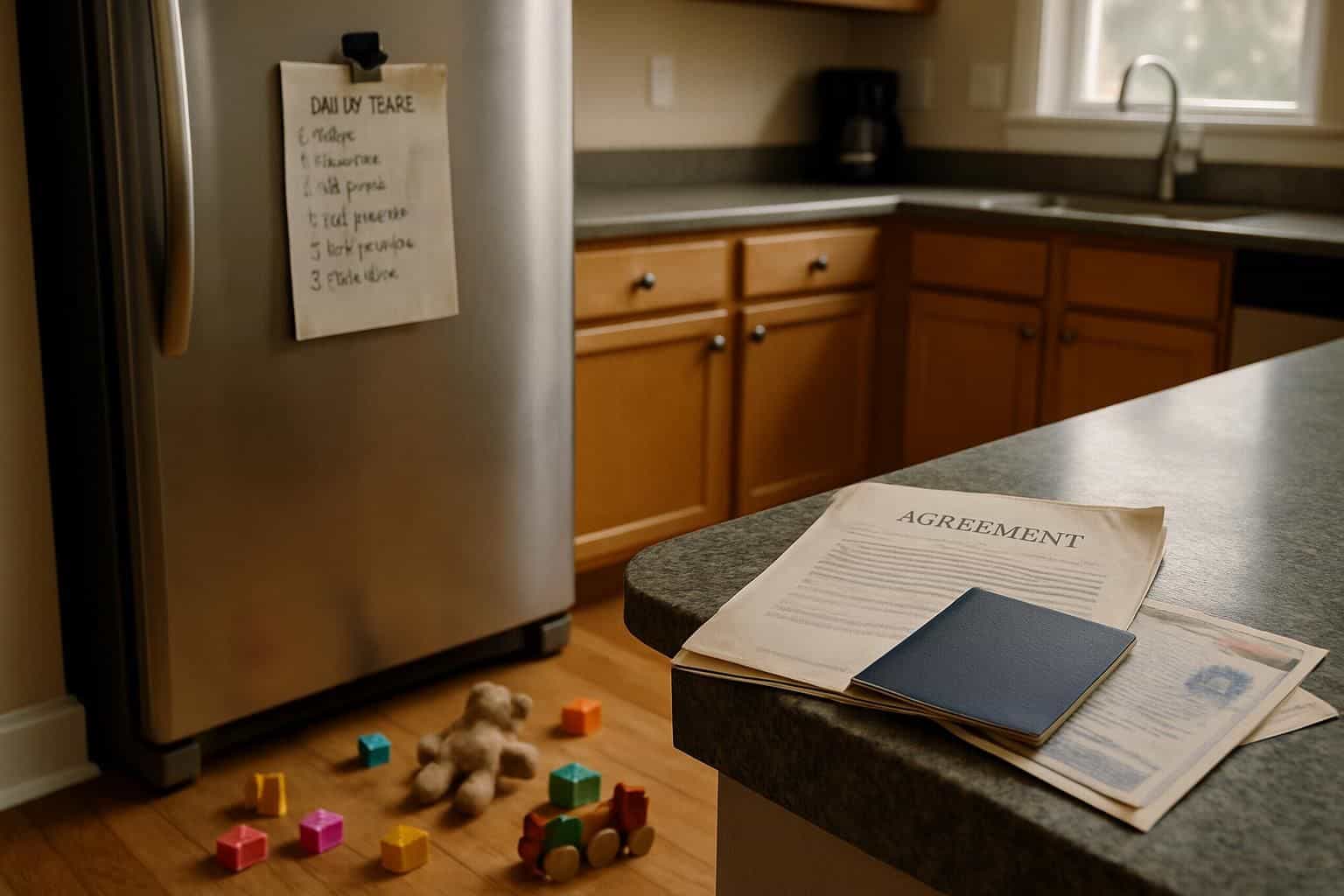
Being an au pair can feel exciting but tricky—you’ll need clear steps and smart daily habits. Here are simple tips I found useful while caring for kids in Nordic countries:
- Clearly set age ranges for kids in your profile, matching your comfort and abilities—infants have very different needs from older children.
- List your exact job duties on your profile so host families know exactly what you’re comfortable doing before they reach out.
- Always get a written agreement that clearly lists tasks, hours, and pay—this document protects you and your host family from confusion later.
- Choose your host family with care. Take your time, ask about their daily routines, house rules, and specific expectations before committing to an offer.
- Try to learn basic phrases in the local language ahead of arriving. Useful apps or short online classes can make day-to-day chats easier and more enjoyable.
- Check carefully about local tax laws. Certain places may require you to file taxes or even pay into a local social security system.
- Keep your ID documents and visa papers somewhere safe but easy to access. Store backups digitally in secure cloud storage for emergencies.
- Connect with other au pairs on local social media groups. Making these connections can provide friendly support and handy advice during tougher days.
- Schedule fun activities or trips in your time off—this helps create balance, avoid boredom, and prevent tiredness or frustration.
- Communicate openly with your host family about small issues as soon as they appear; addressing them early helps avoid larger problems later on.
How Will the Au Pair Experience Evolve in 2025?

By 2025, tech will transform the au pair experience in fresh, exciting ways. Smart home devices will help host families monitor childcare tasks through simple, user-friendly apps. Au pairs can easily log their work hours and daily tasks digitally—no more messy paper trails.
Virtual reality could even offer helpful childcare training, preparing au pairs before they step foot in their host homes. Plus, an upgraded SEVIS system will streamline the visa process, saving time for international au pairs.
During their visits, au pairs might also get the chance to earn academic credits through online courses—perfectly combining childcare duties with personal educational goals.
Social shifts will create new opportunities for au pairs far beyond basic childcare. Many will become tech-savvy tutors, helping kids with coding and technology while handling regular childcare duties.
Taxes will become less complicated too, with specialized apps simplifying income tax filing for domestic workers. Au pairs from European Economic Area (EEA) nations may gain additional travel privileges, while those from Nordic countries might enjoy broader cultural exchange benefits.
Host families could also switch to digital identity verification systems instead of old-fashioned paper ID forms—less paperwork, quicker processing, happier folks all around.
People Also Ask
What is an au pair and how does it differ from other domestic help?
An au pair is a young adult from another country who provides childcare and helps with basic household tasks while living with your family. Compared to hiring regular household help or babysitters, an au pair is considered part of the family and not just hired staff. They gain cultural experiences and improve their language skills during their stay in the U.S., making it a win-win situation for everyone involved.
What visa requirements do au pairs need to work in America?
Au pairs cannot legally work using a standard tourist visa. Instead, they need to join an approved exchange program under the United States Information Agency and register with the Student and Exchange Visitor Information System. They must also provide valid identification documents and pass security checks as part of the visa application.
How are taxes handled for au pairs?
Au pairs must submit their taxes each year using Form 1040NR or the simpler Form 1040NR-EZ. Host families must obtain an Employer Identification Number (EIN) from the IRS for record-keeping purposes. Usually, though, au pairs don’t need to pay Social Security or Medicare taxes due to their visa category and unique status in the U.S.
Do au pairs from the European Union or Nordic countries have different rules?
Yes, au pairs from the European Union, European Economic Area (EEA) countries, and Switzerland may have an easier time coming to the U.S. due to established agreements. Specific employment terms may differ depending on the individual’s home country arrangement with the United States.
How does an au pair compare to daycare costs?
Hiring an au pair usually costs less than placing multiple kids in full-time daycare. Families must provide housing, meals, and a weekly allowance for the au pair, but the arrangement provides more flexibility than traditional daycare options. Many parents appreciate the added benefit of cultural interactions and language learning opportunities alongside affordable childcare.
References
https://aupairfect.com/blog/entry/242-10-benefits-of-the-au-pair-program
https://www.goaupair.com/host-families/10-life-changing-benefits-of-hosting-an-au-pair/ (2025-03-21)
https://thefinancialdiet.com/10-unexpected-financial-benefits-got-au-pair-20s/ (2017-07-24)
https://www.goaupair.com/host-families/au-pair-duties/
https://www.aupair.com/en/p-duties.php
https://www.aupairworld.com/en/wiki/tasks
https://www.aupairinamerica.com/resources/host-family-tips/work-schedule/
https://www.euraupair.com/blog/comparing-child-care-options/aupair-schedule-101/
https://thewholesky.wordpress.com/2021/01/04/who-benefits-from-the-au-pair-program/
https://www.aupair.com/en/p-au-pair-travel-expenses.php
https://www.aupair.com/en/au-pair-blog/for-au-pair/study-language-as-au-pair.php (2019-02-26)
https://www.goaupair.com/childcare-advice/benefits-of-learning-a-second-language/
https://en.wikipedia.org/wiki/Au_pair
https://soleseeking.com/2020/11/08/10-tips-for-future-au-pairs/
https://www.vergemagazine.com/work-abroad/blogs/1737-an-au-pair-horror-story-of-success.html
https://www.aupairworld.com/en/blog/5-reasons-to-be-an-au-pair
